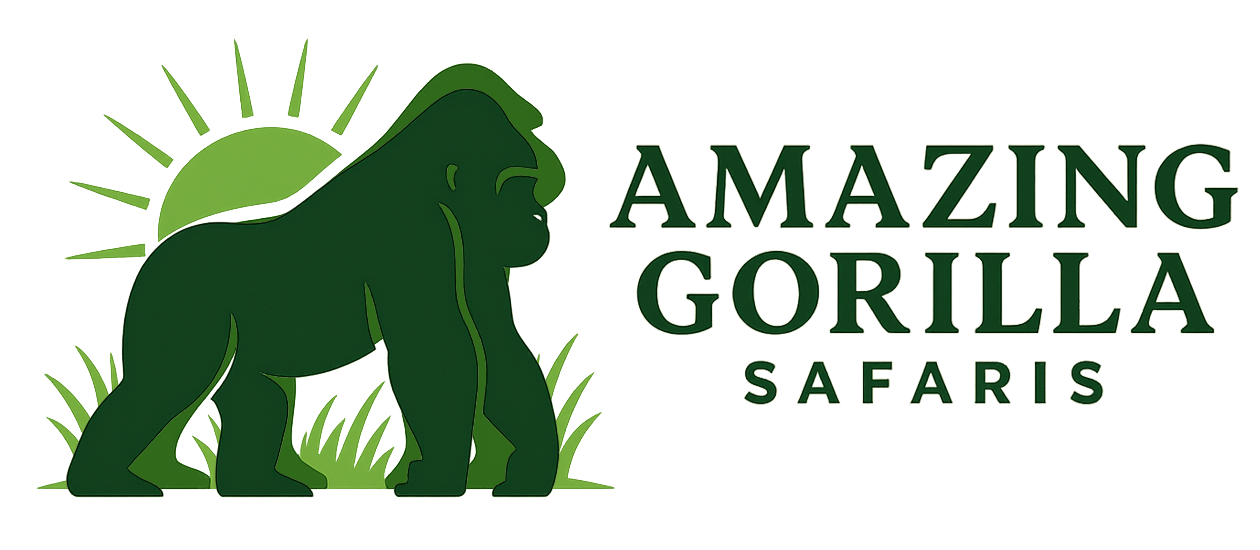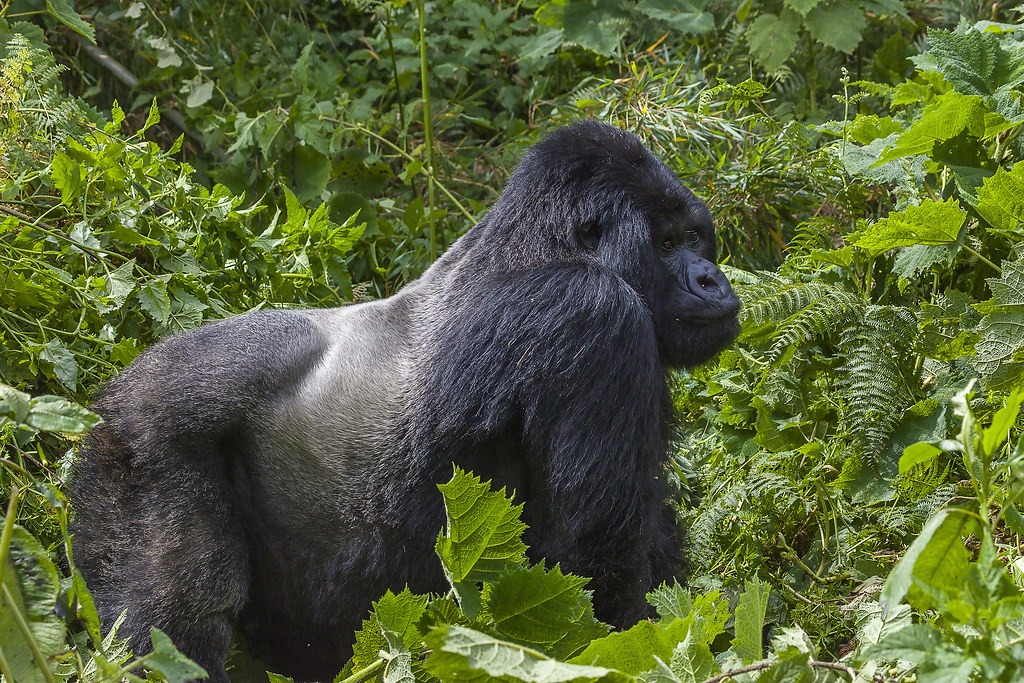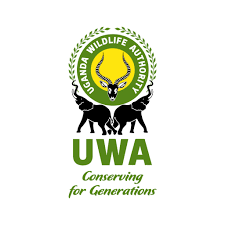Travel Guide for Rwanda
Introduction & Overview
Rwanda, often called the Land of a Thousand Hills, is one of Africa’s most captivating destinations. Draped in lush landscapes and known for its resilience and renewal after a turbulent past, the country has become a shining example of how conservation, culture, and community can transform tourism. Compact yet diverse, Rwanda offers travelers everything from the misty volcanoes that shelter endangered mountain gorillas to serene lakeshores and vibrant urban life in Kigali. Its roads are well-maintained, its national parks are carefully managed, and its people are known for their warmth and hospitality. For those seeking an African adventure that balances wilderness with modern comfort, Rwanda is an ideal choice.
Getting There and Around
Rwanda’s capital, Kigali, is the main entry point for international travelers, served by Kigali International Airport. Kigali itself is centrally located, making it a convenient hub for journeys across the country. The road network is surprisingly efficient compared to much of the region, allowing travelers to reach destinations like Volcanoes National Park in about two and a half hours or Nyungwe Forest in roughly five to six hours. While public transport is available, most safari-goers opt for guided tours or private vehicles to ensure ease and comfort. Rwanda’s compact size means that journeys are relatively short, maximizing time spent exploring rather than traveling.
Top Attractions and Experiences
At the heart of Rwanda’s allure is Volcanoes National Park, home to endangered mountain gorillas. Trekking through bamboo forests to spend an hour with these gentle giants is often described as a life-changing experience. Beyond gorillas, the park also offers golden monkey tracking and scenic hikes around the Virunga volcanoes.
In the southwest, Nyungwe Forest National Park provides a completely different atmosphere. A vast tropical rainforest rich in primates, birdlife, and rare plants, it offers travelers the chance to trek chimpanzees, walk across Africa’s first canopy walkway, and immerse themselves in an ecosystem that feels timeless and untouched.
To the east lies Akagera National Park, Rwanda’s savannah gem. Once devastated by poaching, it has been transformed into a conservation success story with reintroduced lions, rhinos, and healthy populations of elephants, buffalo, and antelope. Game drives in Akagera offer classic safari experiences, with wide-open plains, rolling hills, and lakes teeming with hippos and crocodiles.
For relaxation, Lake Kivu provides a tranquil escape. Its clear waters, sandy beaches, and laid-back lakeside towns such as Gisenyi and Kibuye make it perfect for unwinding after trekking adventures. Whether it is a boat ride, kayaking, or simply soaking in the views, Lake Kivu captures Rwanda’s quieter side.
Kigali – The Gateway City
Kigali is more than just a transit hub; it is one of Africa’s cleanest and most organized capitals. The city offers visitors an engaging blend of modern development and cultural history. The Kigali Genocide Memorial is an essential stop for those wishing to understand Rwanda’s history and resilience. The city also boasts vibrant markets, art galleries, and a growing culinary scene, with restaurants that showcase both traditional Rwandan dishes and international flavors. Kigali’s central location, safety, and vibrancy make it an excellent starting and ending point for any Rwandan journey.
Culture and People
Rwanda’s culture is rich and deeply connected to community life. Visitors often experience this through traditional dance performances, handicrafts, and visits to cultural villages. The resilience of the Rwandan people, their emphasis on unity, and their efforts in rebuilding the nation after 1994 are inspiring. Meeting Rwandans, whether in urban settings or rural communities, is as enriching as exploring the landscapes, as it provides insights into a country that has risen with dignity and strength.
Best Time to Visit
Rwanda can be visited year-round, but the dry seasons—from June to September and from December to February—are the most favorable for gorilla trekking and other outdoor activities. During these months, trails are less slippery, and wildlife sightings are easier. The wet seasons, from March to May and October to November, bring lush scenery and fewer tourists, though trekking conditions can be more challenging. Each season offers its own rewards, ensuring that Rwanda remains an appealing destination regardless of timing.
Conservation and Responsible Travel
Rwanda has built a global reputation as a leader in conservation. Strict regulations for gorilla trekking limit visitor numbers, ensuring minimal disturbance to the animals while generating funds for local communities and conservation projects. Akagera’s transformation into a thriving savannah ecosystem reflects Rwanda’s commitment to restoring biodiversity. For travelers, this means that every permit purchased, every trek undertaken, and every lodge booked contributes directly to protecting Rwanda’s natural and cultural heritage.
Rwanda is more than just a travel destination; it is an experience that lingers long after the journey ends. From gorilla trekking in Volcanoes National Park to chimpanzee tracking in Nyungwe, from classic safaris in Akagera to serene moments on Lake Kivu, the country offers extraordinary diversity within a compact and accessible area. Its modern infrastructure, warm hospitality, and strong conservation ethos make it one of Africa’s most rewarding safari destinations. For those seeking adventure, connection, and inspiration, Rwanda delivers all this and more, living up to its name as the Land of a Thousand Hills.





